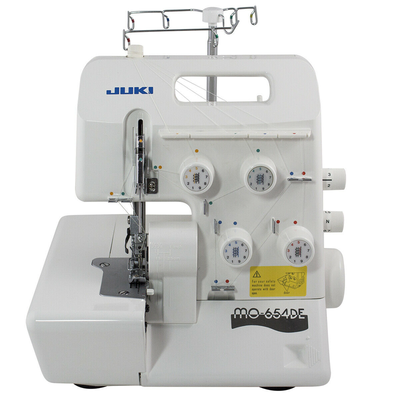To achieve a smooth seam finish, it's essential to avoid stretching the fabric before or after the needle. Simply guide the fabric and let the machine do the work. By using the right stitch types, you can ensure that your seams will stretch appropriately with the fabric.
Needle Selection
Use a ballpoint, jersey, or stretch needle. These needles have a rounded tip that prevents snagging, skipped stitches, and damaging the knit fabric. For thread and needle size pairings, check out our Zero to Hero Guide
Stitch Type
- Stretch Stitch Many newer sewing machines have a built-in stretch stitch, which allows the fabric to stretch without breaking the thread. This stitch resembles a straight stitch when sewn with narrow stitch width.
- Zigzag Stitch A narrow zigzag stitch (width of 0.5-1mm, length of 2.5-3mm) can also be used to allow the seam to stretch.
Stitch Settings
- Use a slightly longer stitch length (around 3mm) to prevent puckering.
- Reduce the presser foot pressure if your machine allows, to prevent stretching out the fabric as you sew.
- A walking foot attachment may help to feed multiple layers evenly with less stretch.
Seam Finishing
- Overcasting Use an overcast stitch or a zigzag stitch close to the raw edge to prevent fraying.


